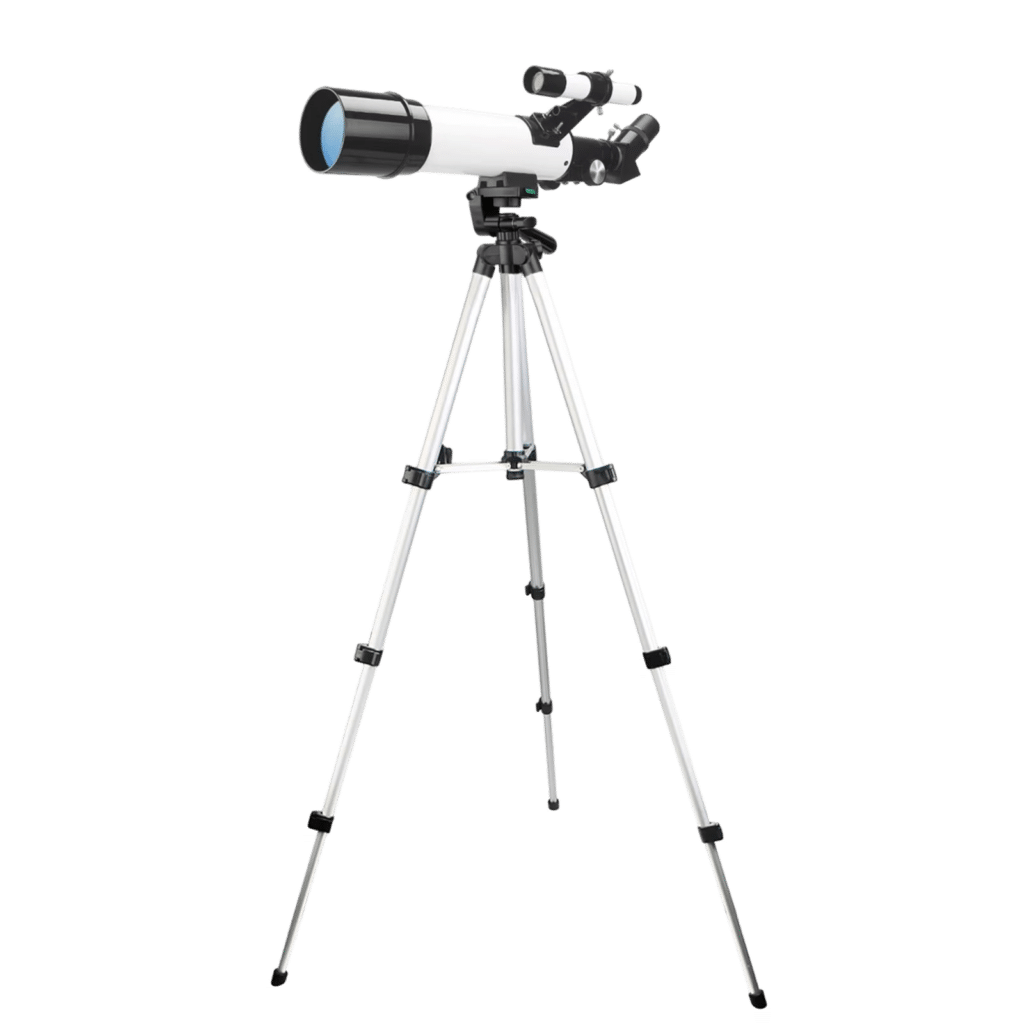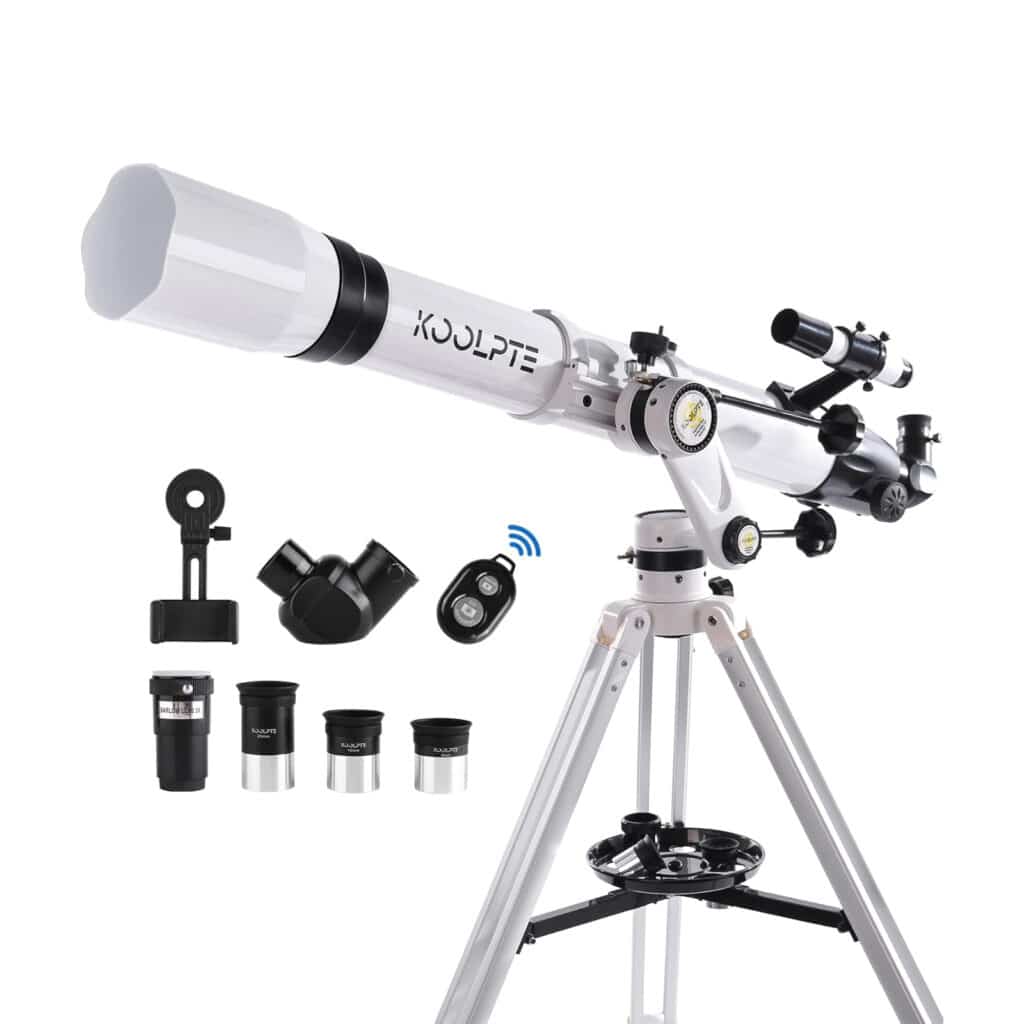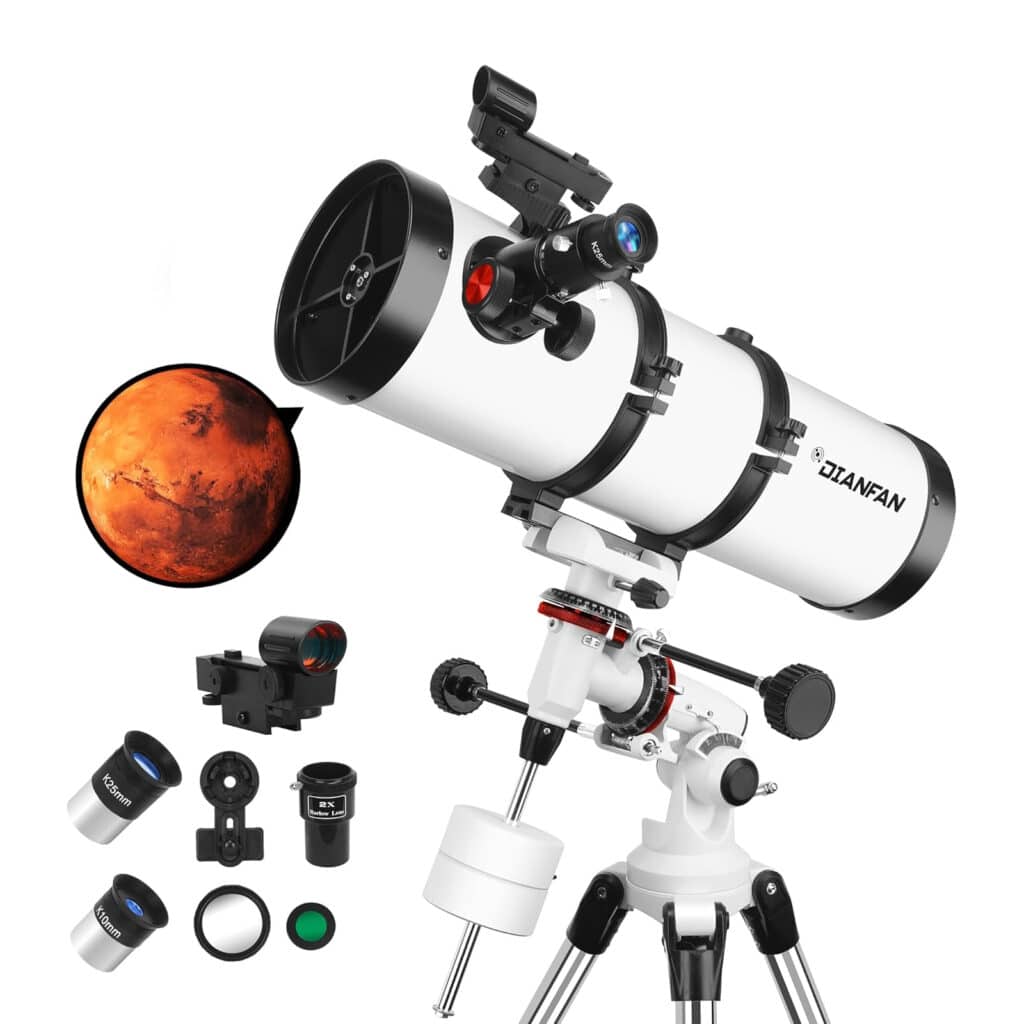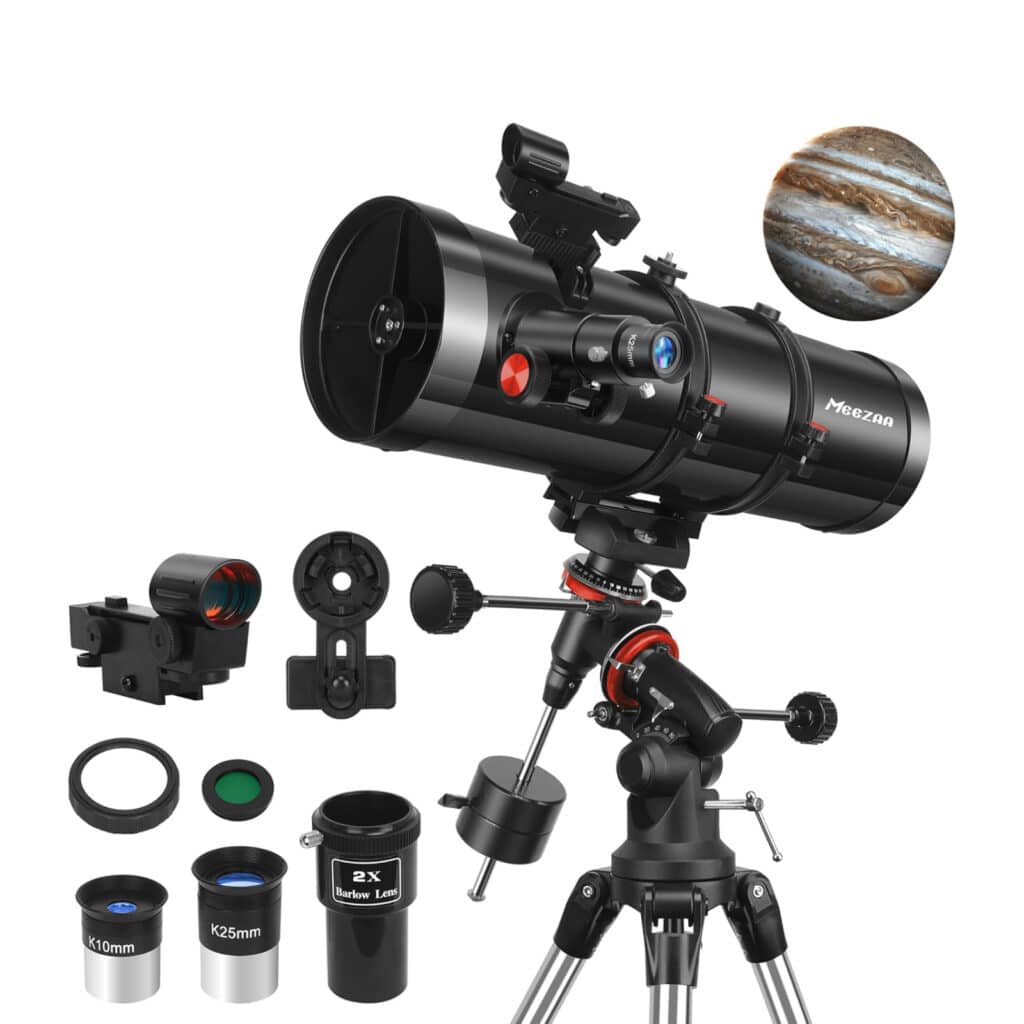The SUBony stands as an ideal gateway for astronomy enthusiasts, delivering remarkable image quality without overwhelming complexity. This model distinguishes itself in a market segment often dominated by disappointing “toy-grade” instruments by providing authentic astronomical experiences that fulfill the promises made in its marketing.
This telescope’s standout element is its intelligently engineered 45° correct image prism system. While many comparable instruments produce disorienting inverted views, the SUBony creates naturally oriented images that correspond with normal eyesight. This feature substantially reduces the learning difficulties for beginners while making the telescope equally effective for daytime terrestrial observation, essentially providing dual functionality.
The SUBony’s engineering excellence becomes evident when adjusting focus. Its precision metal focusing system provides fluid, exact adjustments that outperform plastic alternatives found in competing models. This essential component maintains proper optical alignment, consistently delivering sharp, defined images of lunar features, Jupiter’s atmospheric bands, and Saturn’s iconic rings—precisely the celestial highlights that beginners most hope to witness.
The comprehensive accessory collection further elevates this telescope’s value proposition. The strategically selected K20mm eyepiece provides ideal magnification for general viewing, while the included finder scope eliminates what’s often the greatest challenge for novices—successfully locating celestial targets. The specialized multi-coated glass enhances light transmission significantly, a premium feature rarely included at this price point that noticeably improves performance in suboptimal viewing conditions.
This telescope consistently emerges as my top recommendation for astronomy beginners during extensive testing. Its perfectly balanced aluminum tripod combines necessary stability with practical portability, making it suitable for both backyard use and travel to darker observation sites. The optical configuration provides sufficient magnification for detailed planetary observation while maintaining a field of view wide enough for beginners to successfully navigate the night sky.







